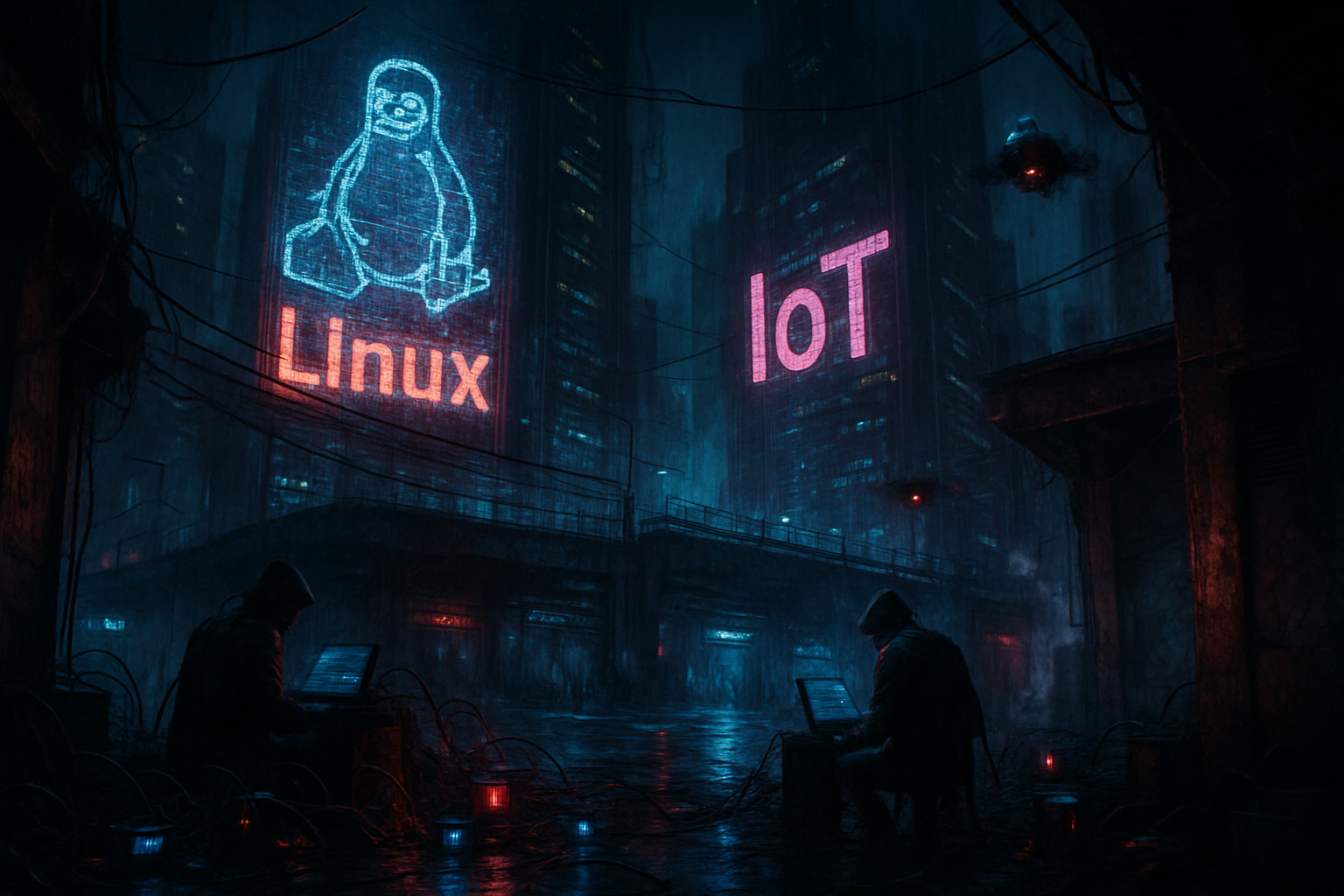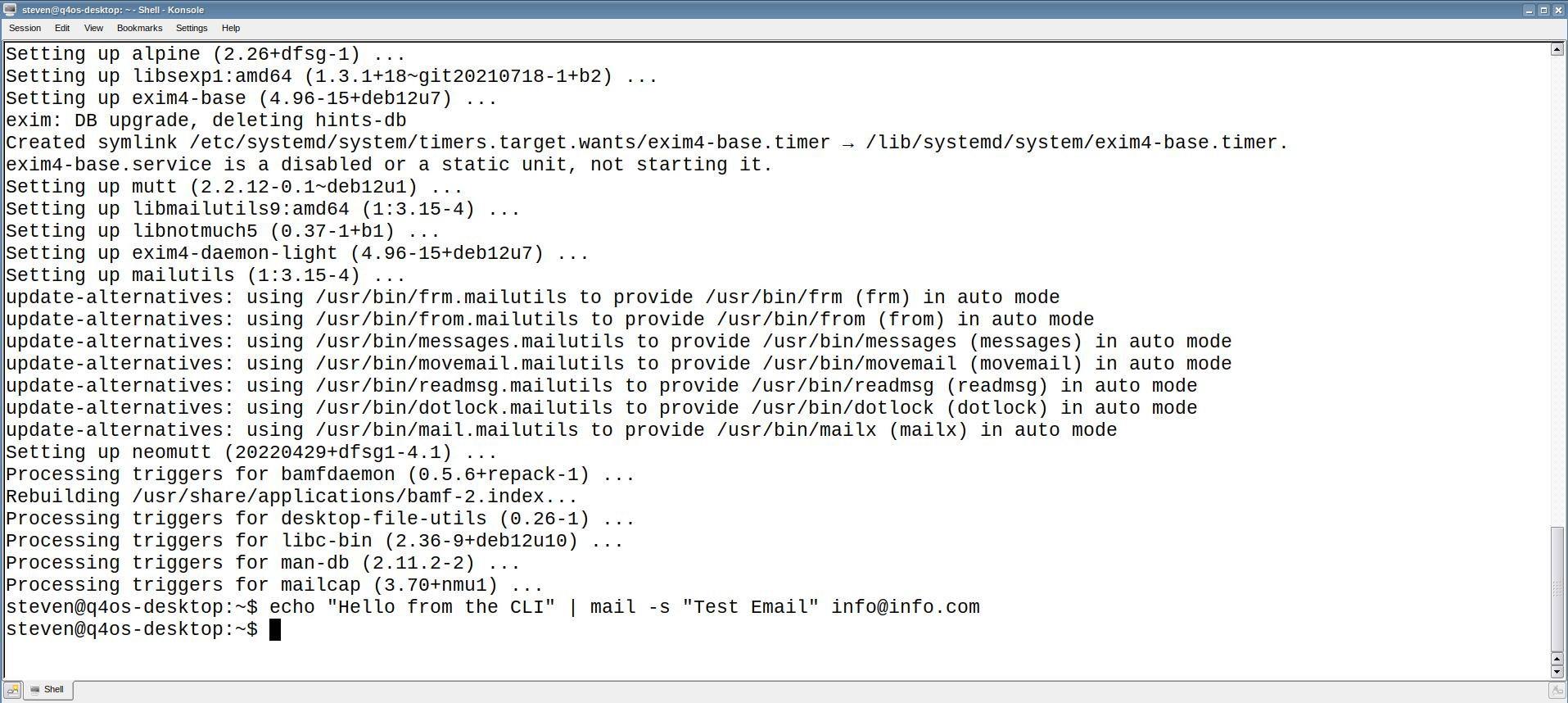In a world dominated by rapidly advancing technology, older computers often find themselves left behind. They struggle with modern operating systems and applications, leaving users frustrated. However, thanks to Linux’s versatility and lightweight distributions, old computers can regain their usefulness. With the right Linux distribution (or distro), you can breathe new life into that aging hardware, turning it into a functional machine for basic tasks, learning, or even as a specialized server. But which Linux distros are best suited for older systems? Here’s a guide to help you decide.
Why Choose Linux for Old Computers?
Linux is an open-source operating system with hundreds of distributions tailored for different needs. For old computers, Linux offers:
- Lightweight Alternatives: Many Linux distros are designed to run on limited resources, making them ideal for older machines.
- Cost-Effective: Linux is free, which means you won’t need to invest in expensive software upgrades.
- Customizability: You can configure Linux to run only the essentials, improving performance.
- Security: Even older hardware running Linux benefits from robust security and regular updates.
- Longevity: Unlike Windows or macOS, Linux distros often extend the lifespan of old hardware by efficiently using its resources.
Key Considerations When Choosing a Linux Distro for Old PCs
Before selecting a Linux distro, assess your computer’s specifications. Pay close attention to:
- RAM: Older machines often have less than 2GB of RAM. Look for distros optimized for minimal RAM usage.
- Processor: Lightweight Linux distros can run on older single-core or low-frequency CPUs.
- Storage: Some distros are compact and require as little as 5GB of storage, making them suitable for systems with small or outdated hard drives.
- User Interface (UI): If you’re new to Linux, consider distros with beginner-friendly interfaces.
Top Linux Distributions for Old Computers
1. Lubuntu
- Best for: General users seeking a lightweight yet familiar experience.
- Key Features: Lubuntu uses the LXQt desktop environment, known for its minimal resource consumption. It offers a Windows-like interface, making it easy for newcomers to adapt.
- Hardware Requirements: Requires as little as 1GB of RAM and a Pentium 4 or AMD Athlon processor.
- Why Choose Lubuntu? It’s an official Ubuntu flavor, so you get access to the vast Ubuntu software repository and community support.
2. Linux Lite
- Best for: Beginners looking for a smooth transition from Windows.
- Key Features: Linux Lite is based on Ubuntu LTS (Long Term Support) and uses the lightweight XFCE desktop. It comes preloaded with tools like LibreOffice and Firefox, making it ready for everyday tasks out of the box.
- Hardware Requirements: 1GB RAM and a 1GHz processor.
- Why Choose Linux Lite? Its intuitive interface and built-in guides make it perfect for first-time Linux users.
3. Puppy Linux
- Best for: Ultra-lightweight usage and extreme resource constraints.
- Key Features: Puppy Linux can run entirely from RAM, requiring as little as 300MB of memory. It boots quickly and is designed to run on the most minimal hardware.
- Hardware Requirements: 300MB RAM and a 500MHz processor.
- Why Choose Puppy Linux? Its tiny footprint makes it ideal for old computers with severely limited specifications.
4. Peppermint OS
- Best for: Cloud-focused users.
- Key Features: Peppermint OS blends desktop and cloud applications seamlessly. Its lightweight nature, combined with the LXDE desktop, ensures smooth performance even on older systems.
- Hardware Requirements: 1GB RAM and an Intel x86 processor.
- Why Choose Peppermint OS? It’s perfect for users who primarily rely on web-based applications like Google Docs or Gmail.
5. Tiny Core Linux
- Best for: Advanced users needing the smallest possible distro.
- Key Features: Tiny Core is one of the smallest Linux distros, with an ISO size of just 16MB. It’s highly modular, allowing users to add only the features they need.
- Hardware Requirements: 46MB RAM and a 486DX processor.
- Why Choose Tiny Core Linux? Its extreme minimalism is unmatched, making it ideal for hobbyists or specific lightweight tasks.
6. MX Linux (Fluxbox Edition)
- Best for: Users seeking a balance between lightweight performance and modern features.
- Key Features: MX Linux offers a Fluxbox edition tailored for old computers. It’s fast, efficient, and highly customizable, with tools to tweak performance.
- Hardware Requirements: 512MB RAM and a Pentium III processor.
- Why Choose MX Linux? It combines simplicity with flexibility, catering to both novice and advanced users.
7. antiX
- Best for: Extremely old hardware and minimalists.
- Key Features: antiX is a Debian-based distro designed for speed and low-resource usage. It doesn’t use systemd, which some Linux purists prefer.
- Hardware Requirements: 256MB RAM and a Pentium II processor.
- Why Choose antiX? It’s perfect for those who need a no-frills, fast, and efficient operating system.
Installation Tips for Old Computers
- Backup Your Data: Before installing Linux, back up any important files on your old system.
- Use Lightweight Applications: Stick to resource-efficient software like AbiWord for word processing or Midori for web browsing.
- Consider Dual-Booting: If you’re unsure about fully committing to Linux, set up a dual-boot system to retain your old OS.
- Update Drivers: Ensure your hardware drivers are updated post-installation for optimal performance.
- Test Before Installing: Most Linux distros offer a live boot option, allowing you to test them without installation.
Conclusion: Breathing New Life into Old Machines
Linux provides a lifeline for old computers, turning outdated hardware into productive devices once again. Whether you’re a beginner exploring Linux for the first time or an advanced user seeking maximum efficiency, there’s a distro tailored to your needs. From the beginner-friendly Lubuntu and Linux Lite to the ultra-lightweight Puppy Linux and Tiny Core, the options are diverse.
By choosing the right Linux distribution and optimizing your setup, you can save your old computer from obsolescence and reduce electronic waste—a win for both your wallet and the planet. So, don’t let that old PC gather dust; give it a new lease on life with Linux!
Linux and the Internet of Things: Powering the Smart Future
When most people think of the Internet of Things (IoT), they picture the visible layer: smart thermo…
SELinux Demystified: A Deep Dive into Kernel-Level Security 2025
Security-Enhanced Linux (SELinux) is one of the most powerful—and often misunderstood—security mecha…
Send Email from the Linux Terminal Command Line
For many system administrators, developers, and Linux power users, the command line remains the most…


